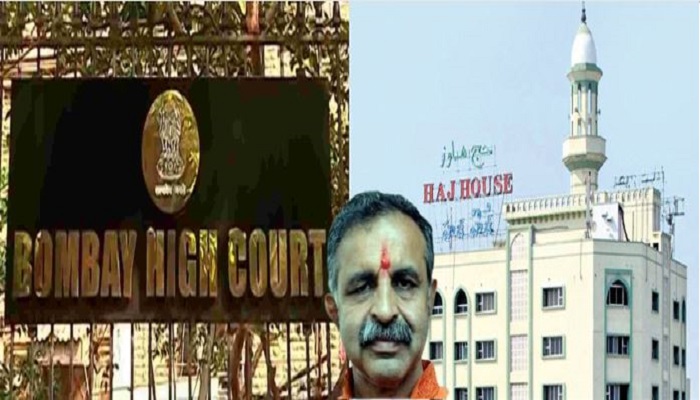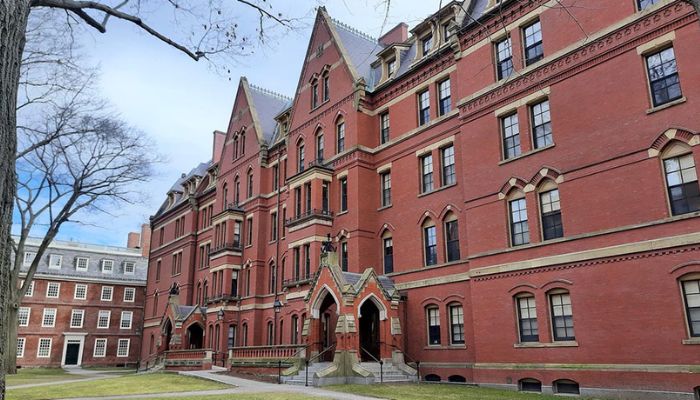BRICS Summit 2023: India’s stand Vs China’s expansion dreams, and Russia’s push
[ad_1]
PM Modi will leave tomorrow to attend the BRICS Summit in South Africa’s Johannesburg. PM Modi will be there in the African nation for 3 days, from the 22nd to the 24th of August. Amid big speculations about meetings and declarations, the Chinese foreign ministry has hinted that there may have been a bilateral meeting between PM Modi and Chinese Premier Xi Jinping.
As per reports, China’s ambassador to South Africa Chen Xiaodong, told while speaking to the media, “I am confident that as two nations, two countries, we will have direct talks, direct meetings. I cannot say there is tension between us, but as neighboring countries we have many common interests at the same time we have some problems.”
Xi Jinping will be reaching Johannesburg on August 21, a day before PM Modi. No official declaration or mention of a possible bilateral meeting has been done from the Indian side.
#WATCH | PM @narendramodi to be on a three-day visit to Johannesburg, South Africa from 22nd to 24th August.
PM Modi will participate in the 15th BRICS Summit. The Summit will provide an opportunity to review the progress of the initiatives launched by the grouping and… pic.twitter.com/Ko1JV3rF5n
— DD News (@DDNewslive) August 21, 2023
If the bilateral meeting happens between PM Modi and Xi Jinping, it will be a major event because the last time the two leaders met, was a brief encounter in November 20202, in Bali, Indonesia during the G20 summit. Tensions have been running high between the 2 countries since May 2020 when clashes between troops in Galwan resulted in the deaths of 20 soldiers from India and dozens of PLA troops.
What is BRICS, and why it is gaining attention now
A Goldman Sachs economist named Jim O’Neill first used the term ‘BRIC’ to describe the major emerging economies of the global south, Brazil, Russia, India, and China. He predicted that these nations will have the potential to drive the world economy in the 21st century.
After the global financial crisis in 2008, the discussion around the declining Western influence, the weakening of the Western financial hegemony, and the emergence of the global South gained prominence. In 2009, the leaders of the BRIC met for the first time in Yekaterinburg, Russia. India’s then PM Manmohan Singh, Russia’s then Presiden Dmitry Medvedev, Chinese President Hu Jintao, and Brazil’s then and current President Lula DeSilva attended the summit on Medvedev’s invitation. 2 years later, South Africa joined the grouping, making it ‘BRICS’.

Contrary to anticipations though, the grouping has not achieved much steam in the past years. It remained on the sidelines of global politics, and the anticipated anti-West push in the financial and geopolitical arena never really materialized in any solid form.
Together the BRICS nations account for 42% of the global population, more than 3 billion people. They account for over 26% of the global economy and have a combined GDP of over 23 trillion USD. The BRICS nations control over 30% of the world’s territory and 18% of global trade.
Speaking at the Global South Summit in January this year, PM Modi emphasized that with three-quarters of the global population, the Global South needs to have an equivalent voice.
We, the Global South, have the largest stakes in the future. pic.twitter.com/pgA3LfGcHu
— PMO India (@PMOIndia) January 12, 2023
Though a lot was expected of the BRICS, the group has so far remained largely silent. The possibility of a cohesive alliance between the world’s non-Western major economies has been idealistically projected as immensely powerful, but the BRICS nations are yet to assert that power together, unlike the G7.
The BRICS has been always about countering Western hegemony. One of the major achievements of the alliance has been the foundation of the financial institutions to counter the IMF, like the New Development Bank. The NDB has financed multiple projects in the BRICS nations. It allows the usage of national currencies and does not impose its specific rules and regulations on the policies of the concerned nation, unlike the IMF.
A combined BRICS currency? Russia has been pushing for it
Brazil had last year floated the idea of a combined BRICS currency. A lot of speculations have been made about a combined BRICS currency, aimed at the de-dollarisation of the world, especially the global south.
Russian media and political powers ran the idea for weeks before the BRICS summit. Russian government channels even went so far as insinuating that the BRICS nations are already in agreement over launching a new currency backed by gold, unlike the credit-backed US dollar.
the countries that currently make up the #BRICS are going to launch a new gold-backed world currency on the market. There are currently 41 countries that have formally applied to join the BRICS. #BRICS #russia #Africa #NWO pic.twitter.com/95u62B8vVb
— FlashFactsHub (@FlashFactsHub) August 14, 2023
Chinese media has been also running positively speculative stories about a possible BRICS currency.
However, Indian Minister of External Affairs Dr. S Jaishankar clarified in July that there is no plan as such for a combined BRICS currency, and currencies are expected to remain a national issue for participating nations.
The CFO of BRICS News Development Bank Leslie Maasdorp also dismissed the idea, stating that there is no such suggestion as of now.
As per the latest news, host South Africa has clarified that the idea of a combined BRICS currency is off the table. The new Development Bank has disbursed only $33 billion worth of loans so far in its existence, roughly one-third of what the IMF has disbursed in a year.
India’s reluctance to support a BRICS currency holds much significance, because with a rapidly growing GDP, the sheer scale of its market, and its current stand as one of the world’s top 5 economies, India is hoping to increase the influence of its own currency. It does not need the financial support of BRICS to fuel its economy and has been on excellent trade terms with the USA and Europe.
China wants to expand quickly, India is hesitant
Over 40 nations have so far applied to be a part of the BRICS, including major powers like the UAE, Indonesia, Egypt, Argentina, and Saudi Arabia. China, which already enjoys a considerable economic heft in Africa, has been quite bullish on expanding the BRICS. Russia, currently isolated by most Western powers due to the war in Ukraine, has been seeking ways to expand its influence, establish better relations with non-Western powers and spread its influence in the Global South.
India, however, has been reluctant to let other countries in. Primarily because it is wary of China. India and China, despite booming trade partnerships, are hostile neighbors and have a tense land border, the most recent military conflict being in 2020.
India is wary that a stronger China with stronger ties with major powers in an expanded BRICS will reduce the group to a Chinese tool of global dominance, at the cost of Indian interests. India has been forging a stronger than ever bilateral relationship with the USA keeping the same China-wariness in mind.
Brazil has similar concerns too. Brazil has been against expansion in the BRICS, fearing a dilution of its own interests and voice.
The agenda for the 15th Summit in Johannesburg is ‘BRICS in Africa: Partnership for Mutually Accelerated Growth, Sustainable Development, and Inclusive Multilateralism’.
Security interests and economic growth to be India’s top agendas
As PM Modi is set to start his journey to Johannesburg, India’s main focus is going to be the security interests of member states, food security, and fight against terrorism.
India’s ‘security interests’ are currently in conflict with China’s territorial expansion plans, and as the two Asian giants share a 3500 km land border, the security interests are paramount. The tension at the LAC remains a major thorn in the way of normalization of India-China relations and its ripples are bound to be felt in the BRICS summit too.
Russian President Vladimir Putin will not be attending the summit at Johannesburg. He has an arrest warrant against him by the International Criminal Court due to the war in Ukraine. Russia will be represented by Foreign Minister Sergey Lavrov.
This will be the first in-person BRICS Summit after the pandemic. Invitations have been sent to 67 foreign leaders across Asia, Africa, and the Caribbean. The UN Secretary-General and the Chairperson of the African Union have been invited too.
[ad_2]
Source link



